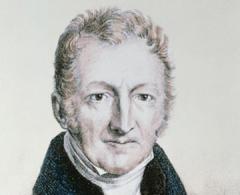
This Article From Issue
September-October 2011
Volume 99, Number 5
Page 357
DOI: 10.1511/2011.92.357
To the Editors:
I appreciated Robert L. Dorit’s insightful discussion about the power and limitation of reductionism (“The Humpty-Dumpty Problem,” July–August). I agree that the emerging “new harmony” between formerly estranged disciplines such as molecular biology and ecosystem ecology is exciting and long overdue. I would only add that it may sometimes also be necessary to acknowledge the limitations of science itself and utilize other ways of learning about the world. For example, in my own field of ecological restoration, I discovered that an informal, trial-and-error approach to restoring degraded landscapes was often more effective than a formal, pure-science methodology. I eventually dubbed this more holistic, interdisciplinary approach “intelligent tinkering” after a famous phrase in Aldo Leopold’s seminal A Sand County Almanac (1949). Leopold also believed there was a large gap between the complexity of the “land organism” and the ability of conventional science to comprehend this complexity and to guide our responsibility to “doctor sick land.” He thus urged both the scientific and practitioner communities to ignore the “senseless barrier between science and art.” The combination of Leopold’s remarkably successful restoration of his own degraded Wisconsin farm and his intellectual contributions as a scientist and environmental philosopher ultimately paved the way for the development of today’s more synthetic scientific disciplines, such as restoration ecology and conservation biology.
Robert Cabin
Brevard College

American Scientist Comments and Discussion
To discuss our articles or comment on them, please share them and tag American Scientist on social media platforms. Here are links to our profiles on Twitter, Facebook, and LinkedIn.
If we re-share your post, we will moderate comments/discussion following our comments policy.